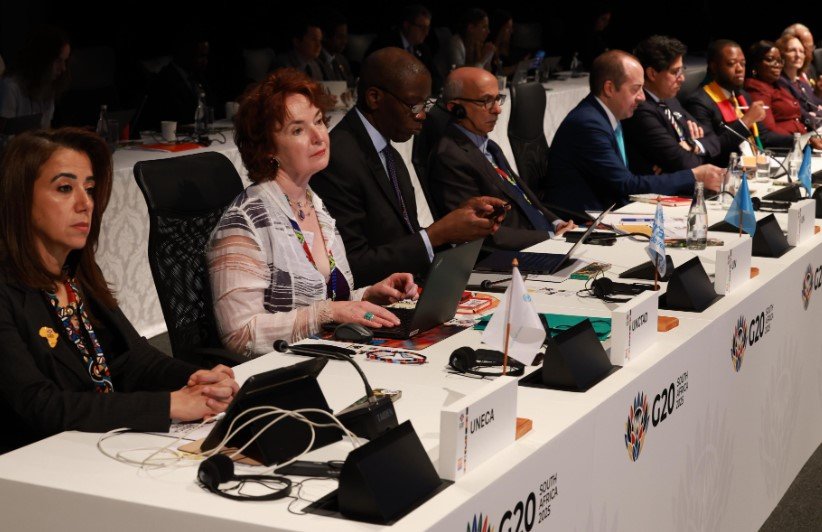The Reserve Bank of India’s Monetary Policy Committee kicked off its three-day meeting on September 29, 2025, in Mumbai, with all eyes on whether it will slash the repo rate to boost a slowing economy. Analysts are divided, but a growing chorus points to a possible 25 basis point cut as inflation stays low and global uncertainties mount, with the decision set for announcement on October 1.
Meeting Details and Timeline
This gathering marks the latest in a series of policy reviews for fiscal year 2025-26, where the six-member committee, led by Governor Sanjay Malhotra, weighs interest rates against economic data. The agenda includes reviewing inflation trends, growth projections, and external factors like US tariffs and geopolitical tensions.
Discussions began early Monday and will wrap up by Tuesday, leading to the public reveal. Past meetings this year saw bold moves, including a 50 basis point cut in June that brought the repo rate down to 5.5 percent. This time, the focus shifts to balancing growth support with inflation control.

Expert Views Split on Rate Action
Opinions vary widely among economists and bankers on what the committee might decide. Some predict no change, citing stable conditions, while others push for easing to spark demand.
A recent report highlights merits in trimming rates now, warning against delays that could repeat past mistakes. It notes that consumer price inflation for the coming fiscal year tracks at 4 percent or below, potentially dipping to 1.1 percent in October due to factors like GST adjustments.
Bankers largely rule out an immediate cut but expect one later in the fiscal year. Global yields hardening add pressure for proactive steps, positioning the central bank as forward-thinking.
In contrast, certain experts argue underlying factors remain strong, making a hold more likely. They point to risks from international trade disruptions affecting exports in sectors like textiles and gems.
Economic Backdrop Fueling Uncertainty
India’s economy faces headwinds that make this meeting crucial. Gross domestic product growth for the current fiscal is projected at around 6.5 percent, down from earlier estimates, amid urban demand slowdowns and rural improvements.
Inflation has eased significantly, with recent data showing benign levels that open room for policy tweaks. However, external shocks, including potential US policy shifts post-elections, could hit labor-intensive industries hard.
The committee must also consider liquidity surplus in the banking system, which returned after brief deficits. This follows advance tax outflows but signals overall stability.
Key economic indicators include:
- Repo rate: Currently at 5.5 percent after multiple cuts this year.
- Inflation forecast: Around 4 percent for FY27, with possible lows in coming months.
- GDP outlook: 6.5 percent for FY26, reflecting cautious optimism.
These elements create a delicate balance, where a cut could stimulate borrowing but risks overstimulating if inflation rebounds.
Potential Impacts on Loans and Investments
A rate reduction would ripple through financial markets, affecting everything from home loans to stock investments. Borrowers could see lower equated monthly installments, encouraging spending in a sluggish economy.
Fixed deposit rates might dip, pushing savers toward equities or mutual funds for better returns. Debt funds could benefit from falling yields, while stock markets often rally on easier monetary policy.
If rates hold steady, it signals caution, potentially stabilizing currency but dampening growth momentum. Investors should watch for signals on future moves, as the stance might shift from neutral.
Here’s a quick look at recent RBI rate decisions:
| Date | Repo Rate Change | New Rate | Key Reason |
|---|---|---|---|
| April 2025 | Cut by 50 bps | 6.0% | Easing inflation and growth push |
| June 2025 | Cut by 50 bps | 5.5% | Aggressive support for recovery |
| August 2025 | No change | 5.5% | Monitoring urban demand |
| September 2025 (upcoming) | Possible 25 bps cut | TBD | Low inflation amid growth fears |
This table shows a pattern of easing earlier in the year, setting the stage for current deliberations.
Global Context and Forward Outlook
Worldwide events play a big role in India’s policy choices. The US Federal Reserve’s recent 25 basis point cut in September 2025 shifts focus toward labor markets, influencing global capital flows.
Domestically, rural demand shows promise, but urban constraints persist. Experts suggest a timely cut could prevent deflation risks, especially with falling prices in some sectors.
Looking ahead, if a cut happens, it might be the last for a while, as the committee could revert to a neutral stance. This aligns with projections of 6.7 percent GDP growth next fiscal, assuming no major disruptions.
The decision will shape economic narratives into 2026, with stakeholders from businesses to households watching closely.
What do you think about the potential rate cut? Share your views in the comments below and pass this article along to friends interested in India’s economy.
